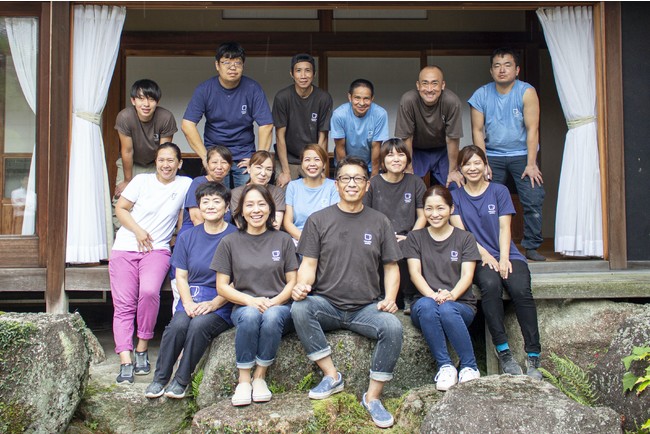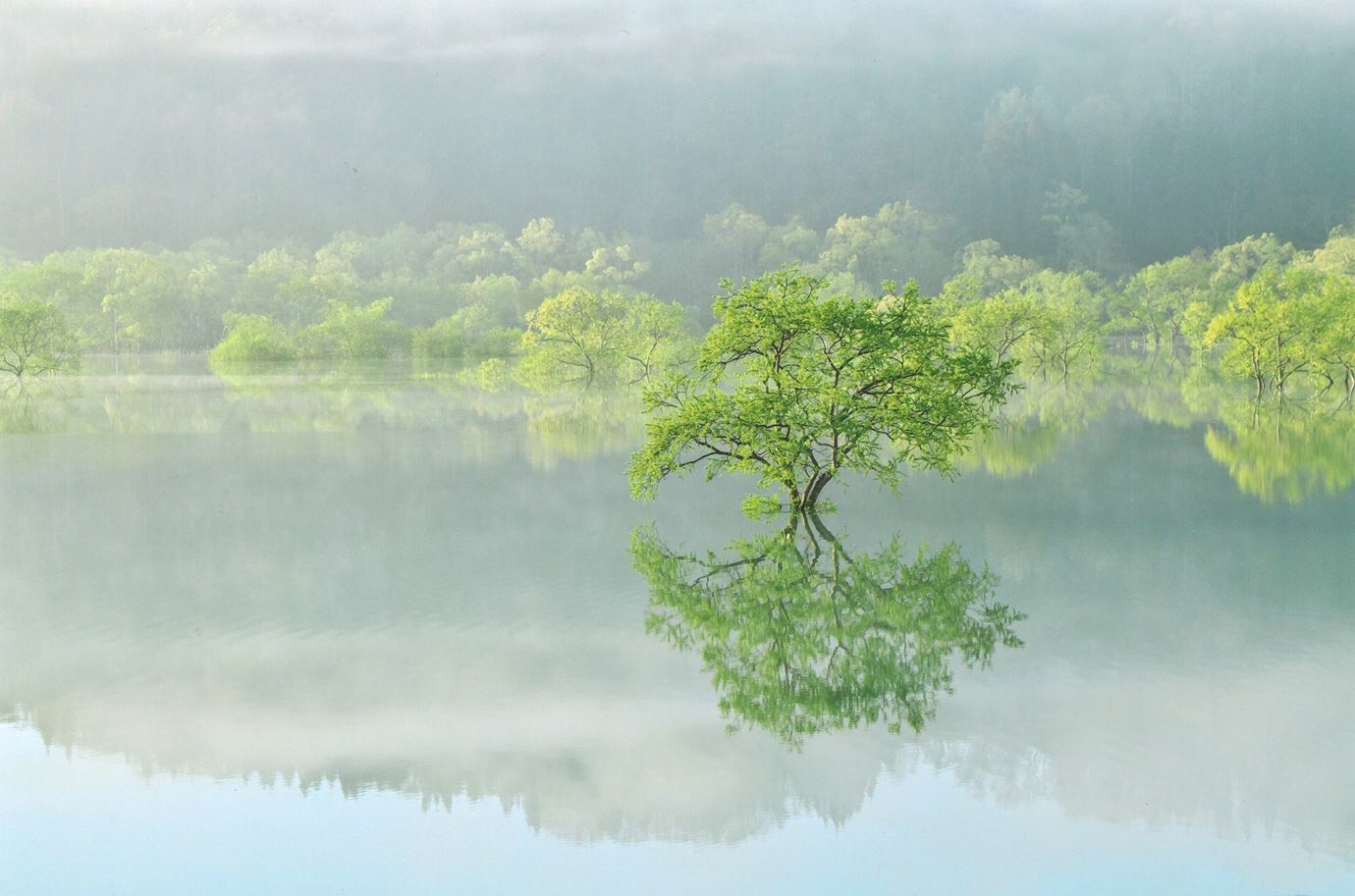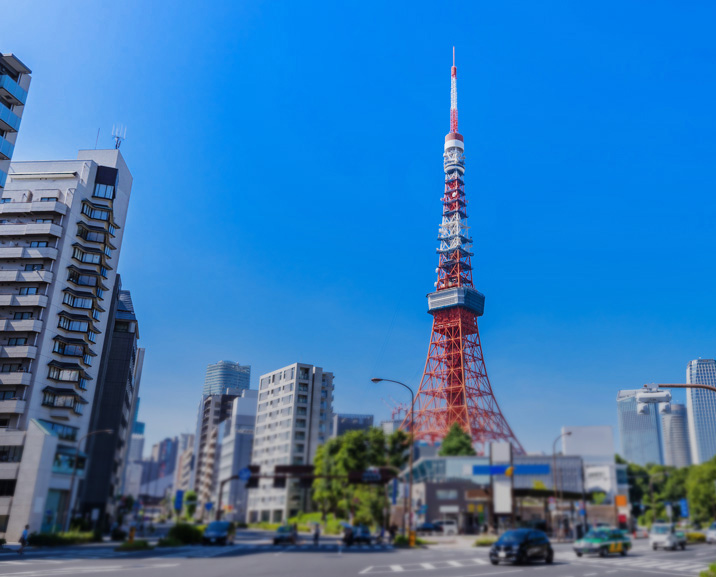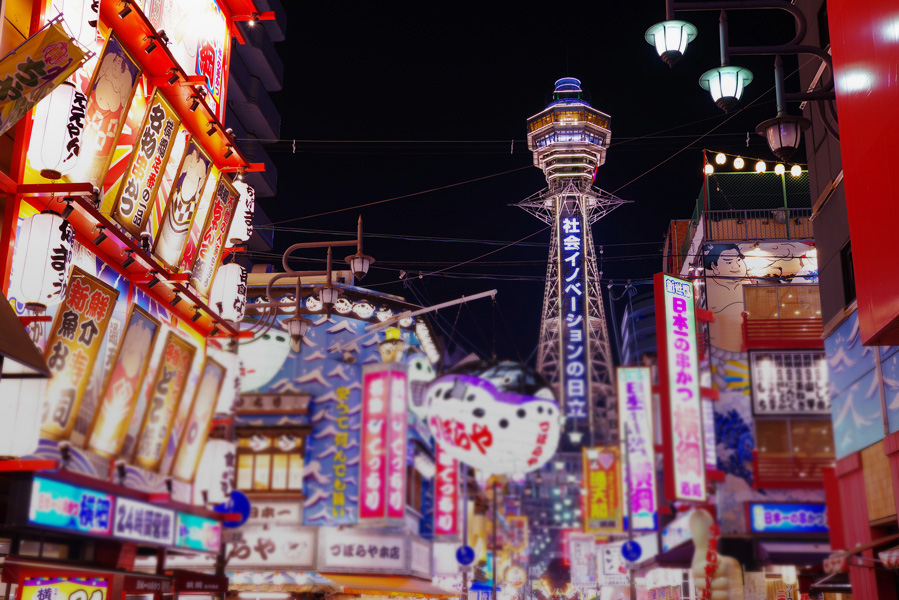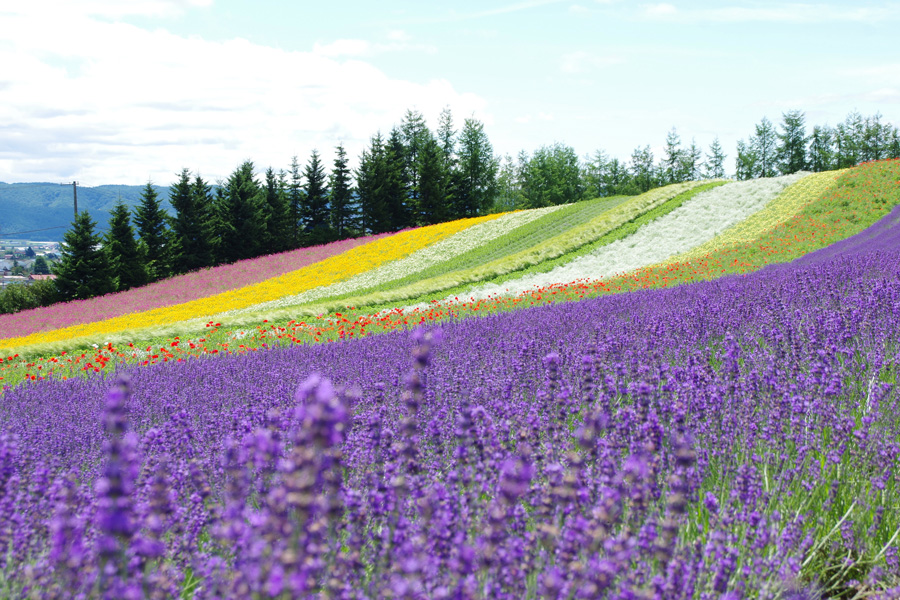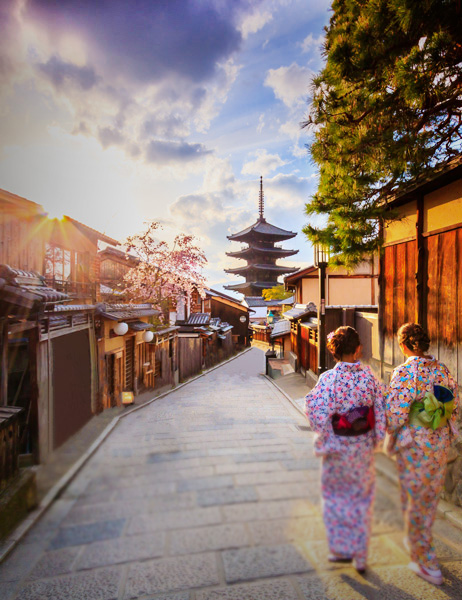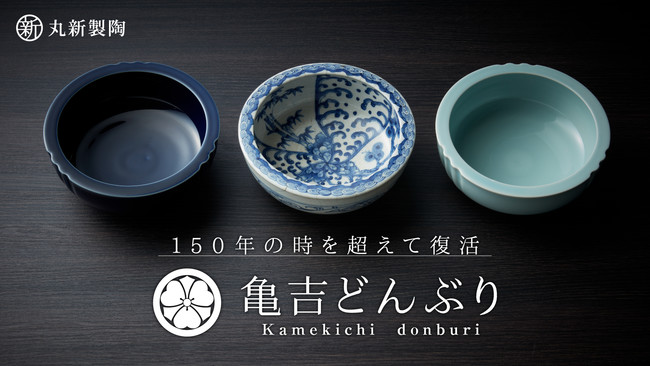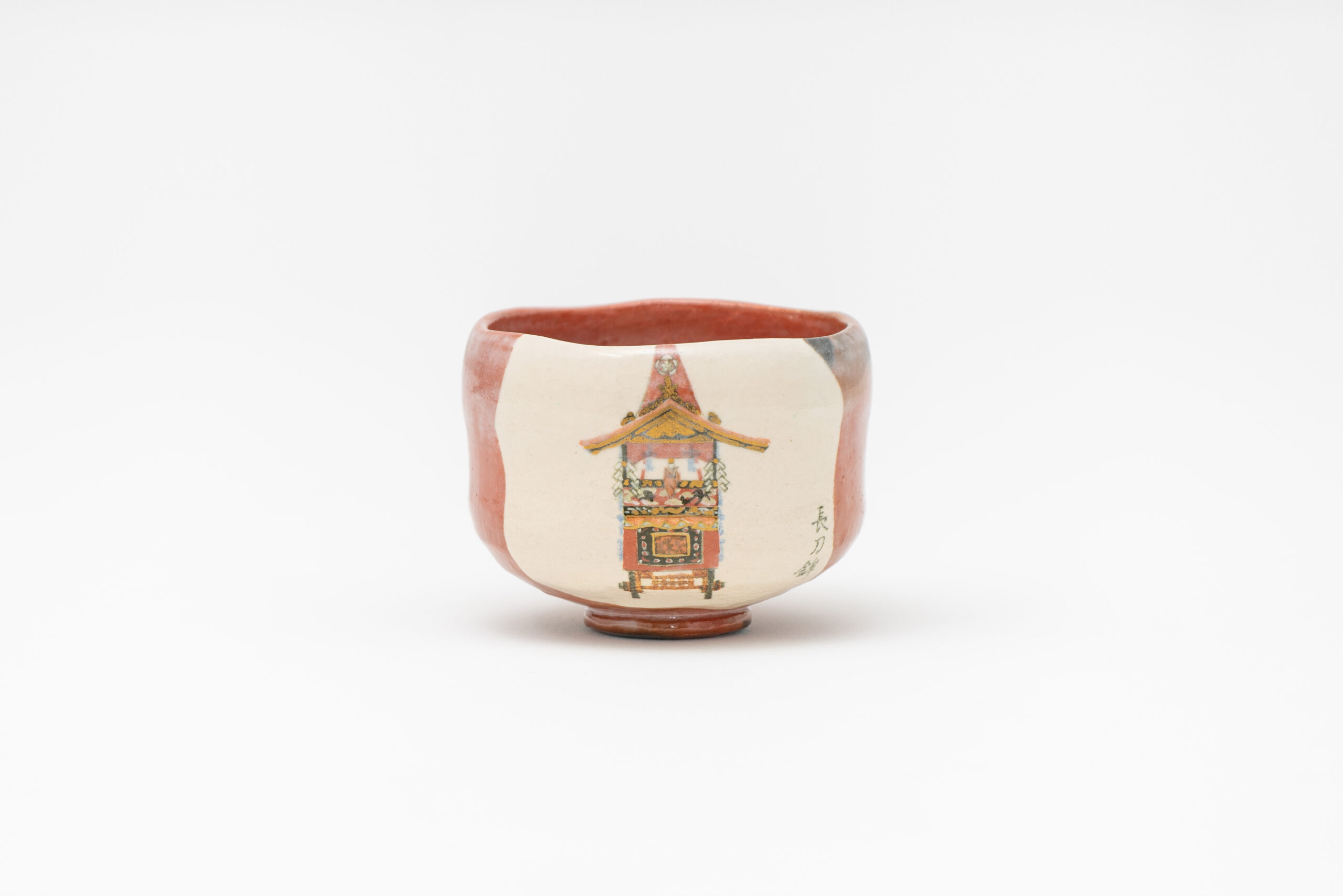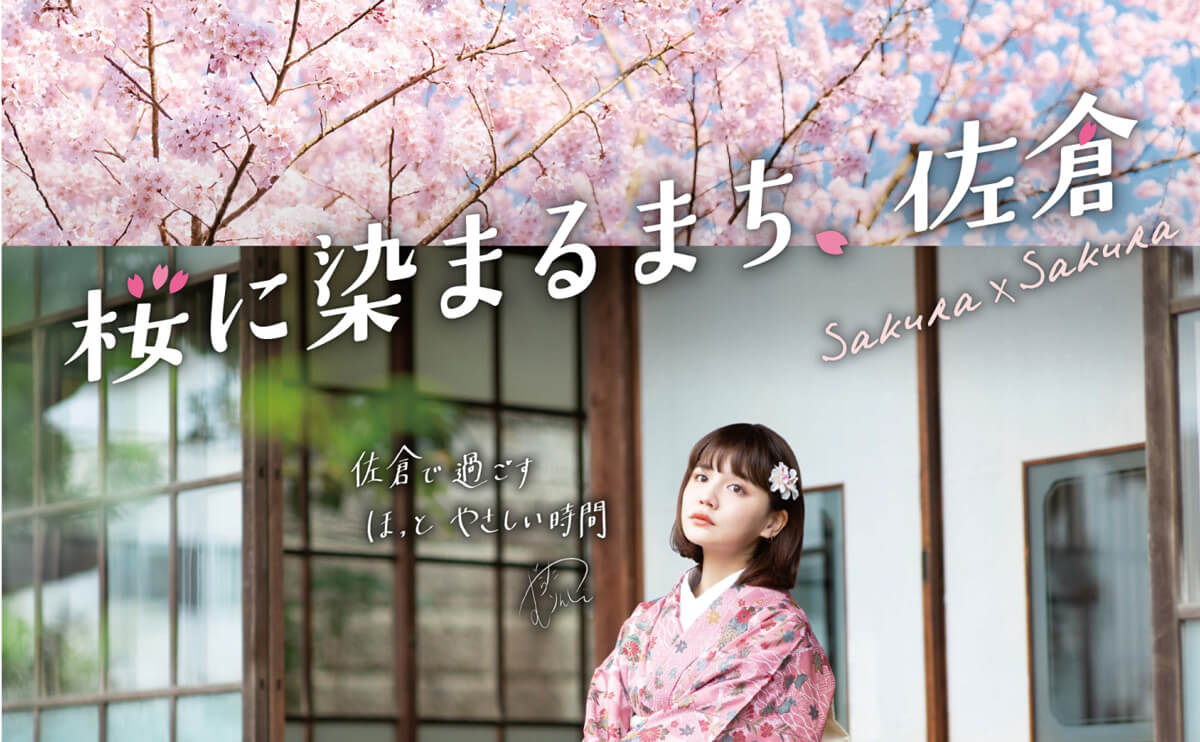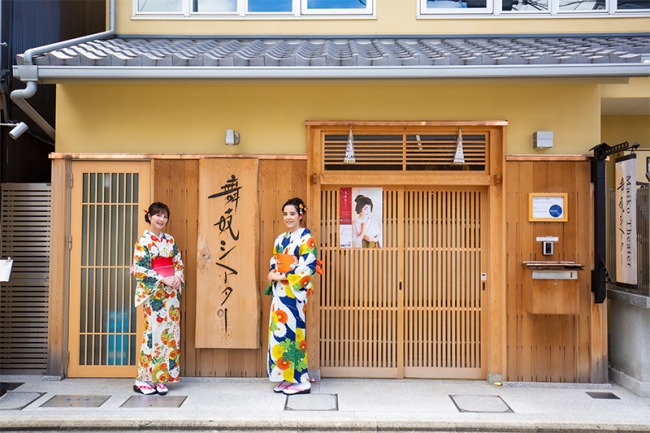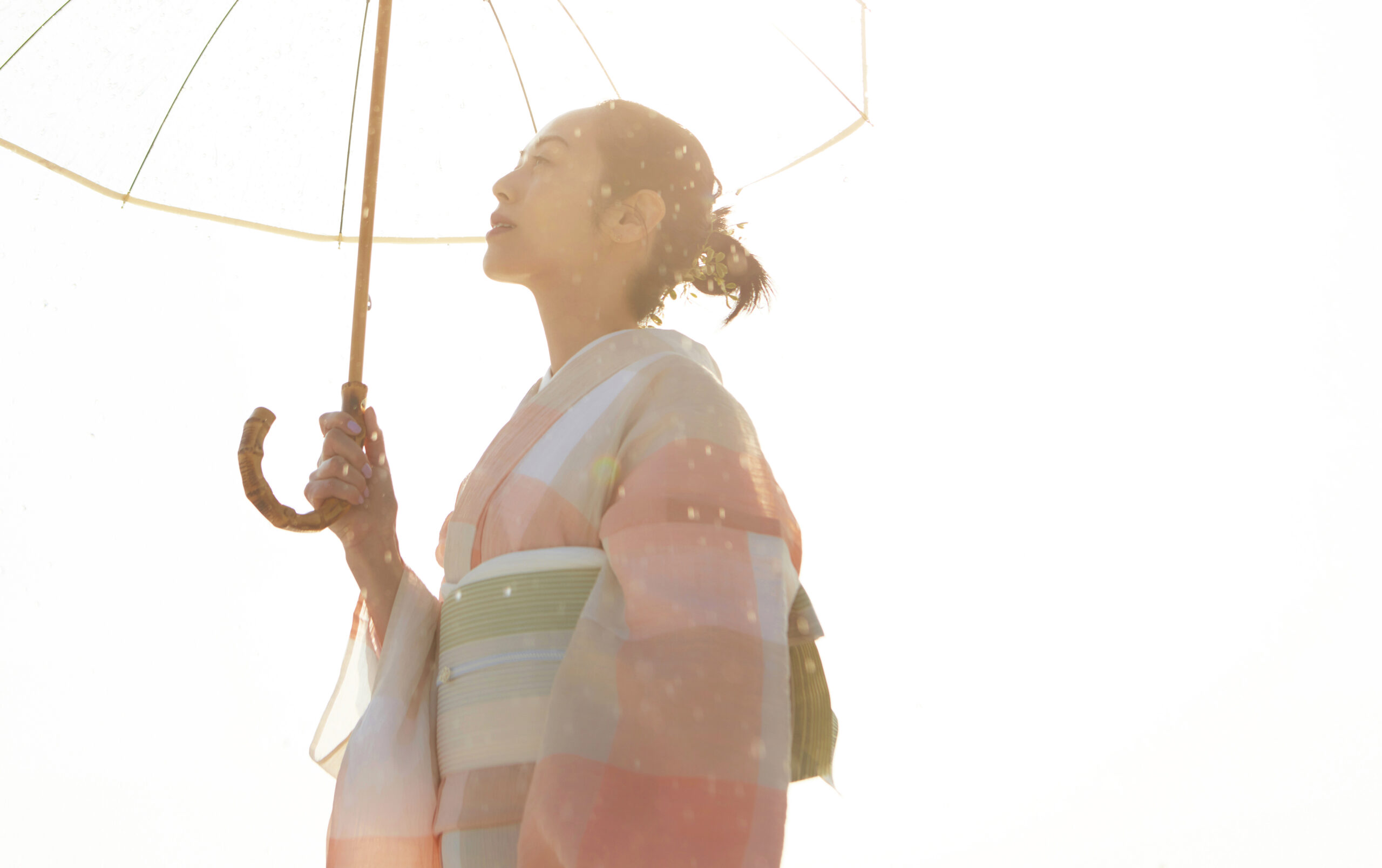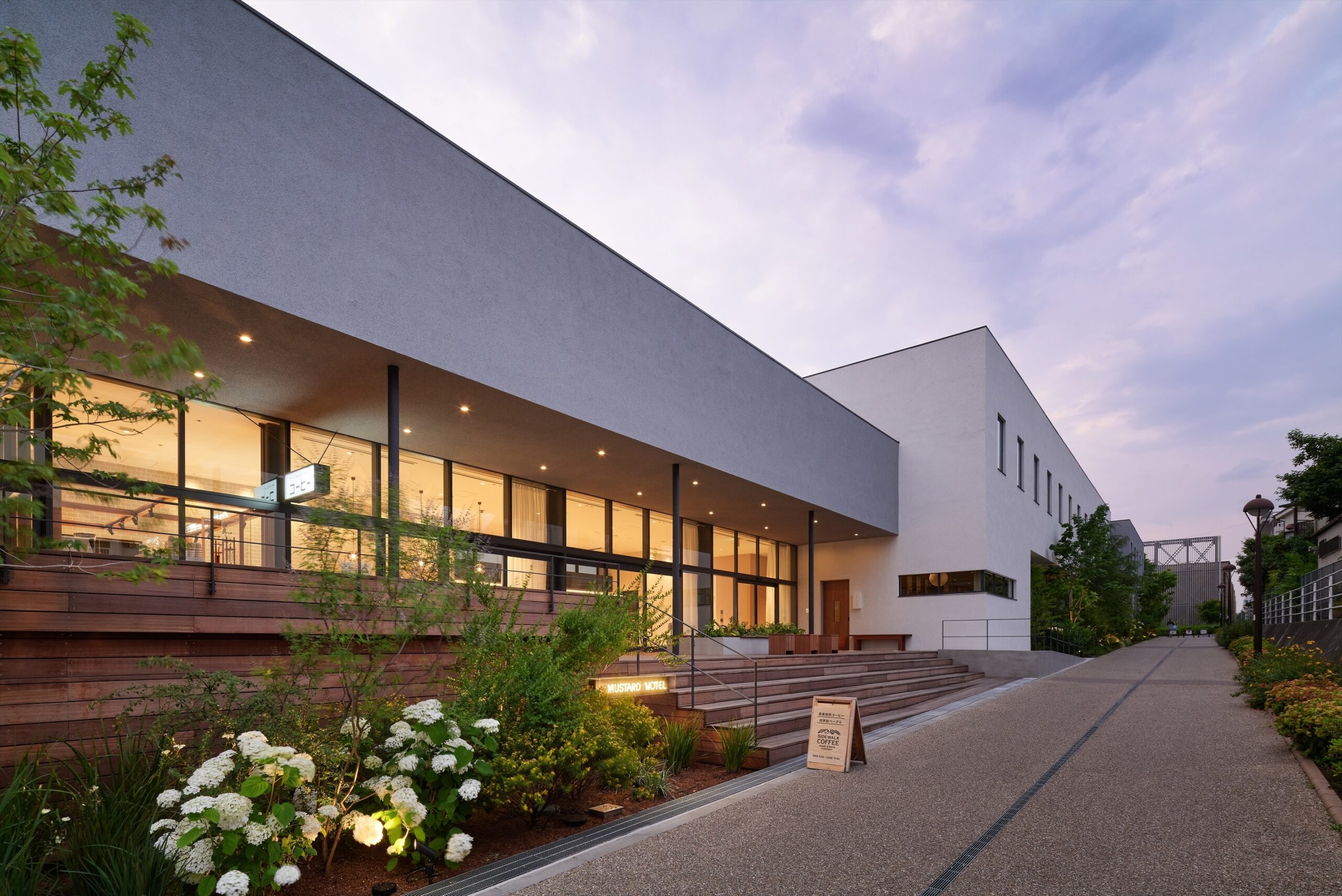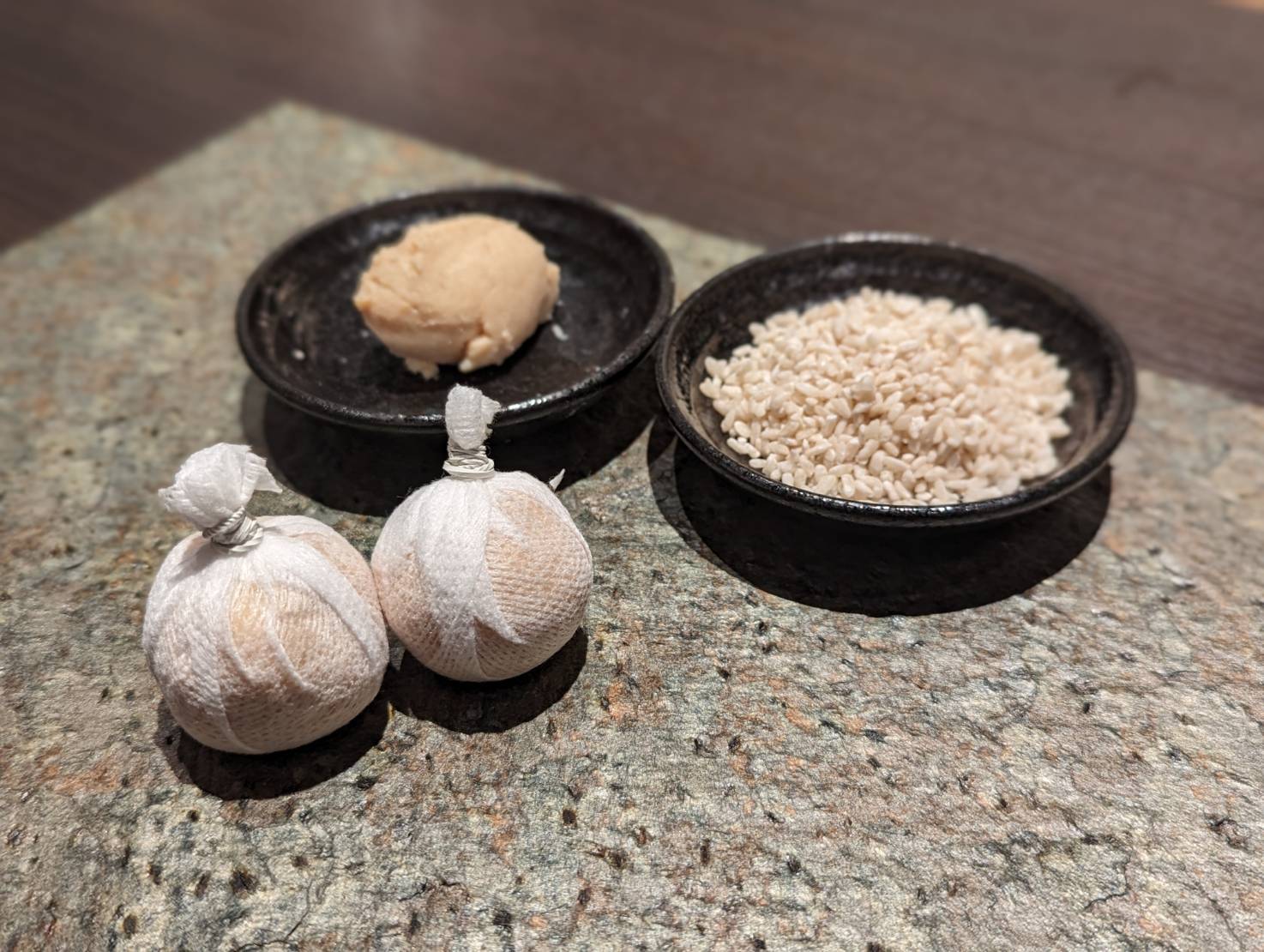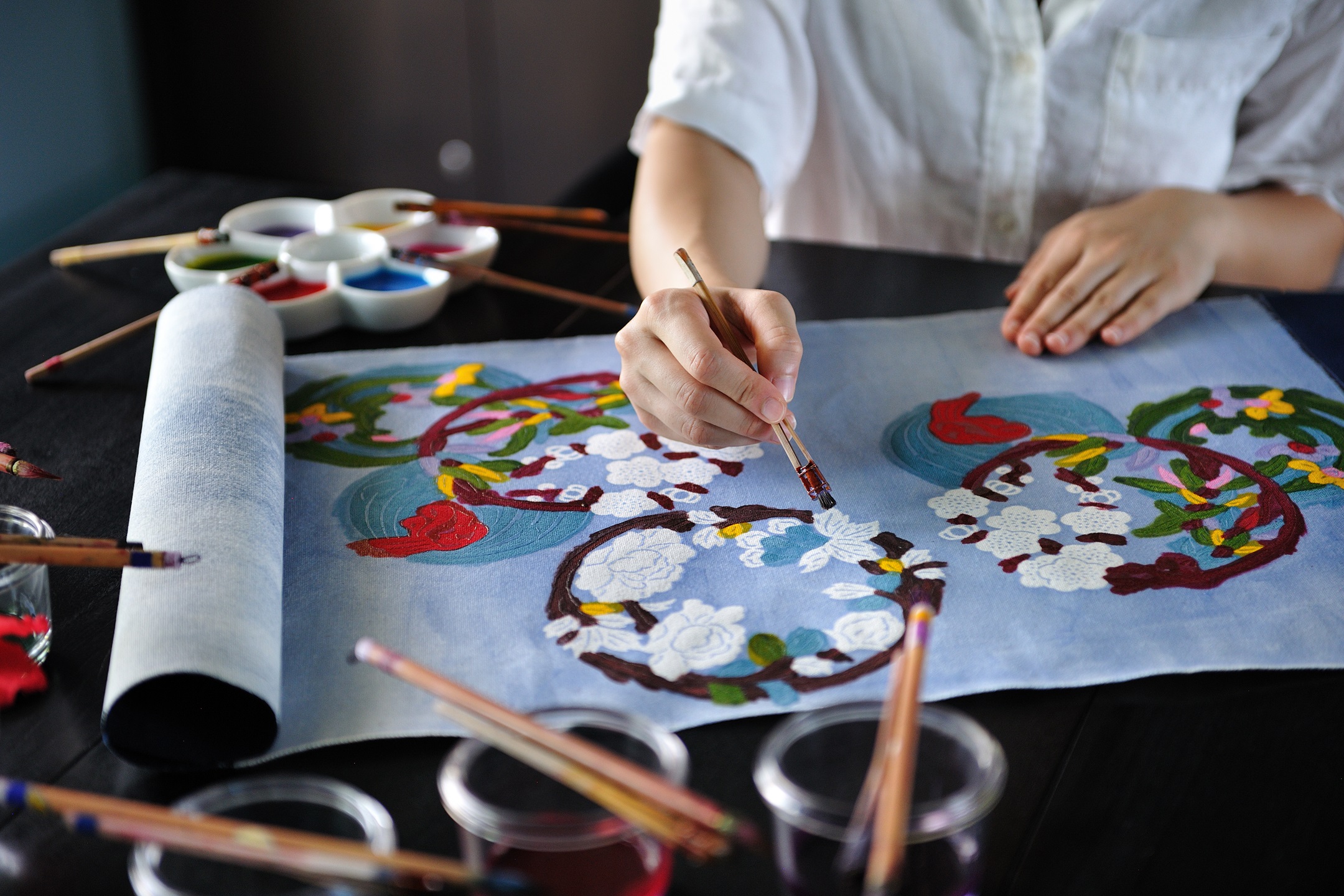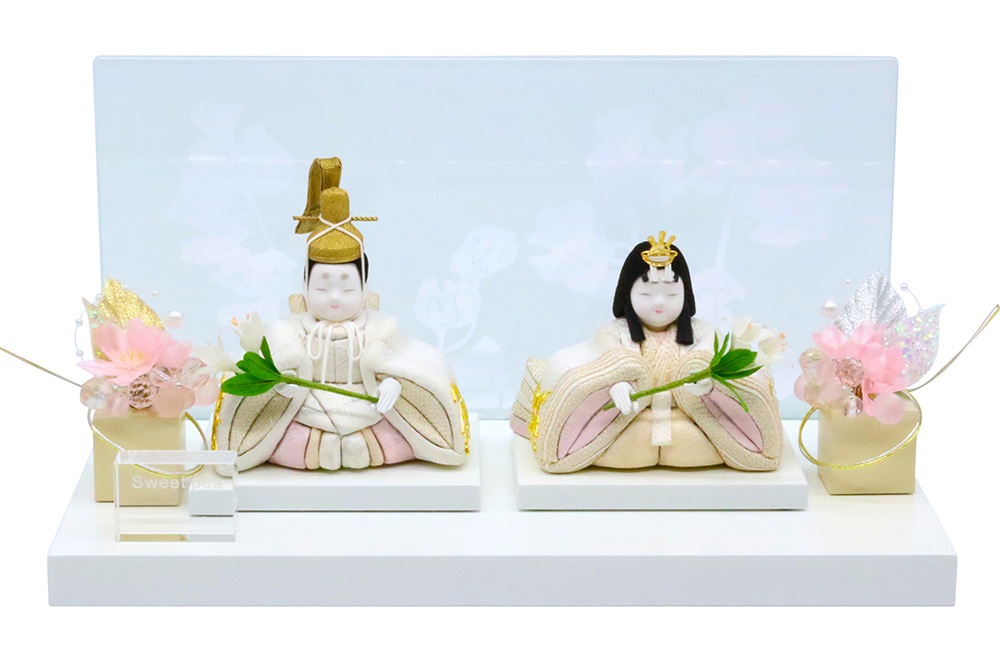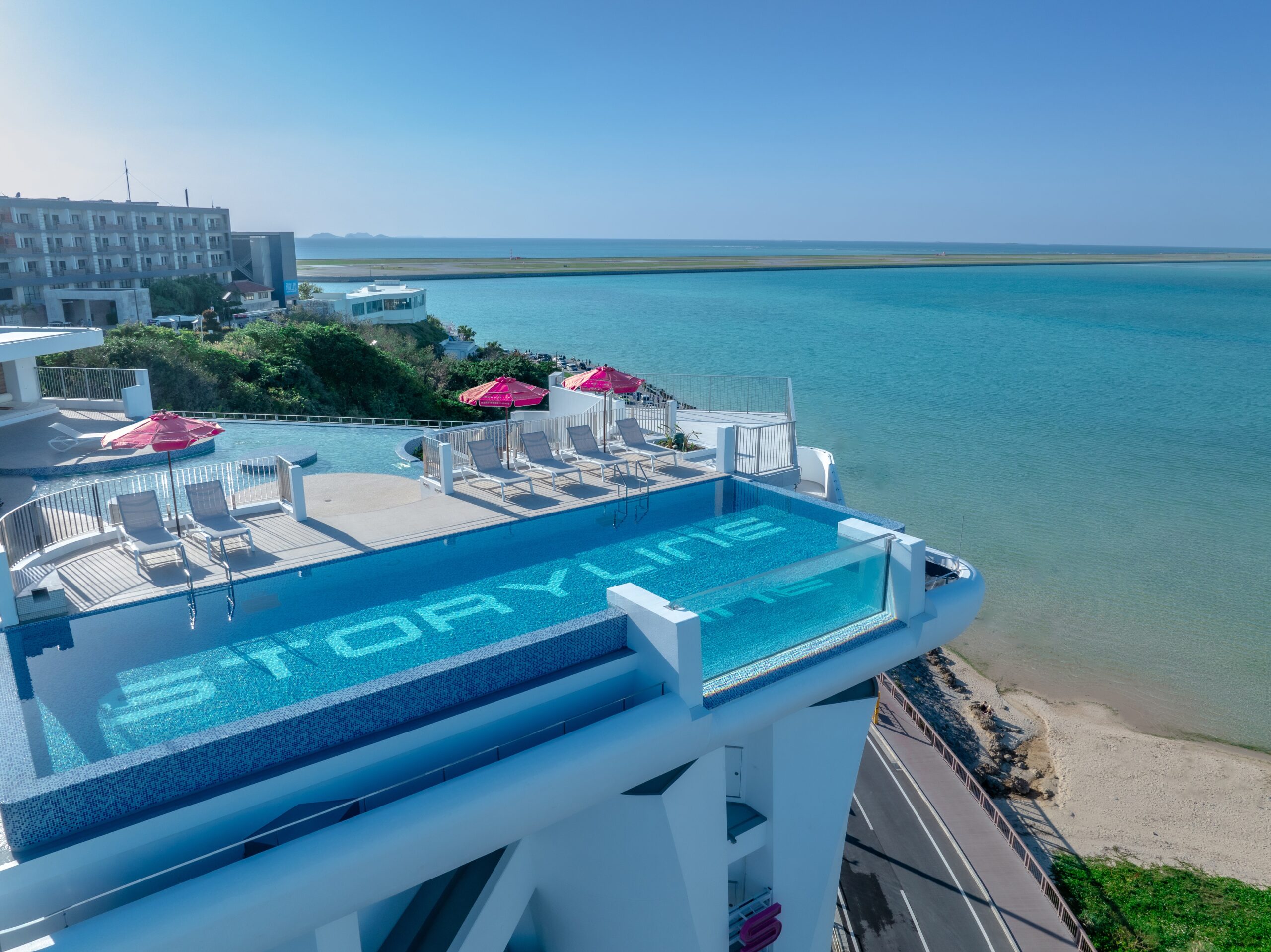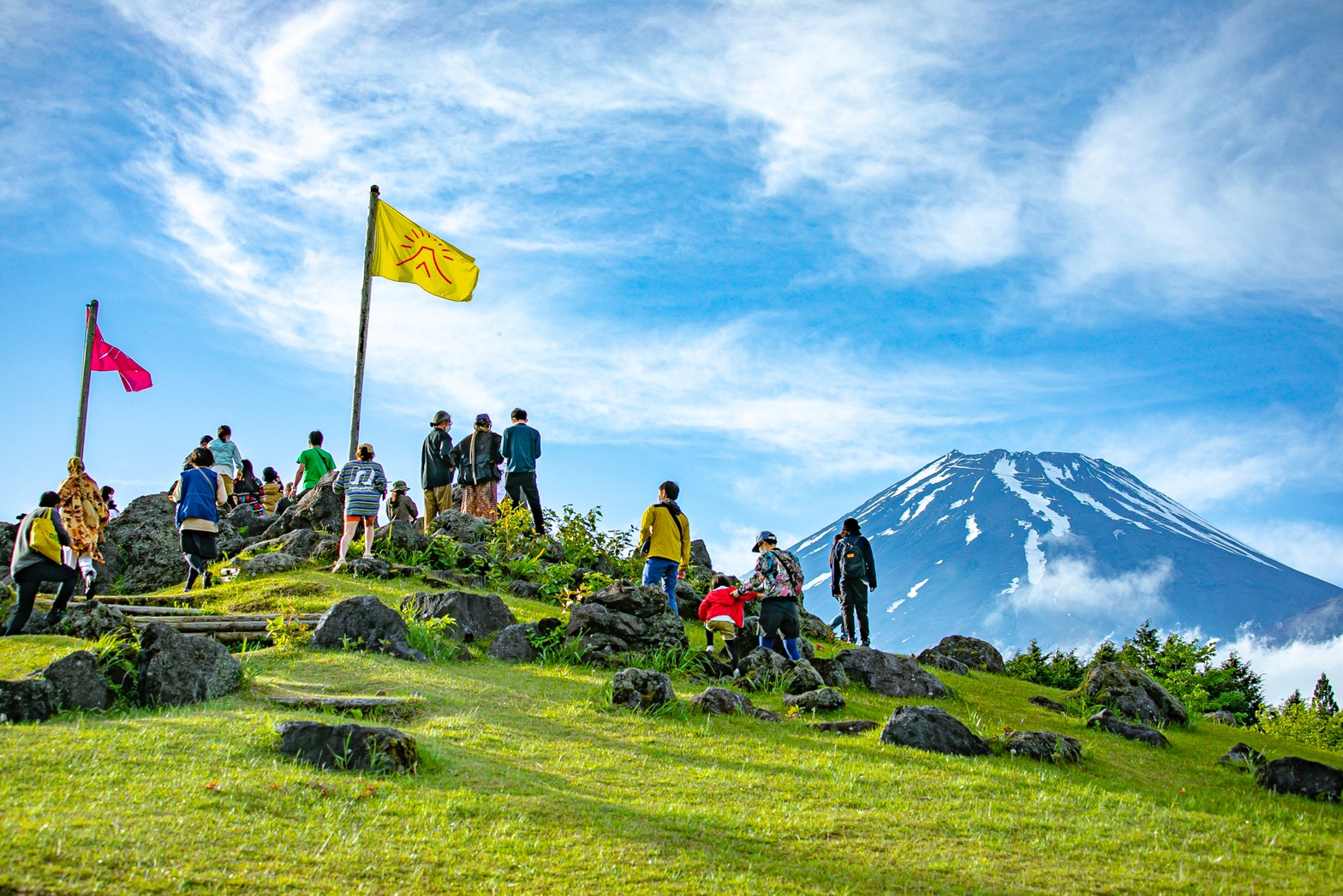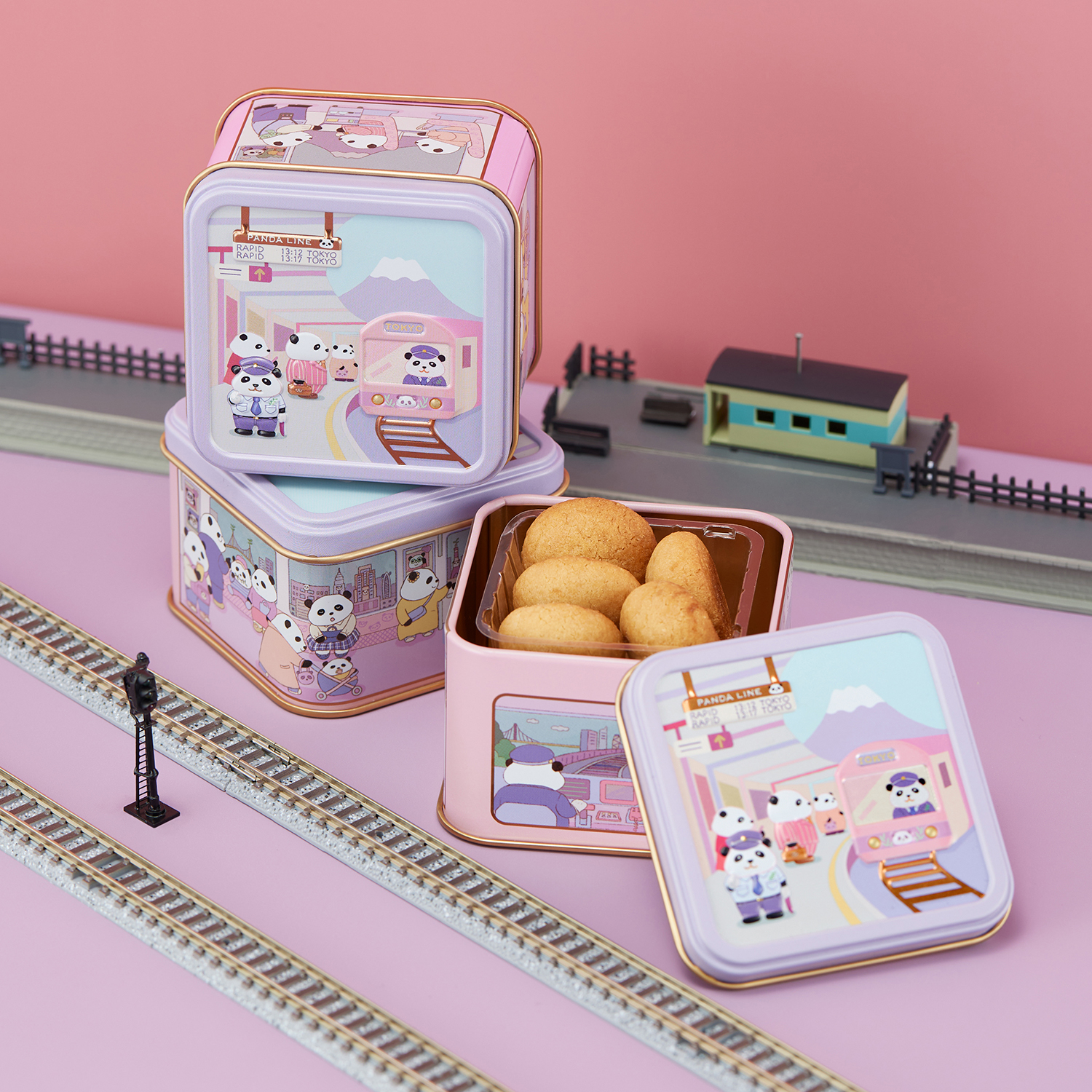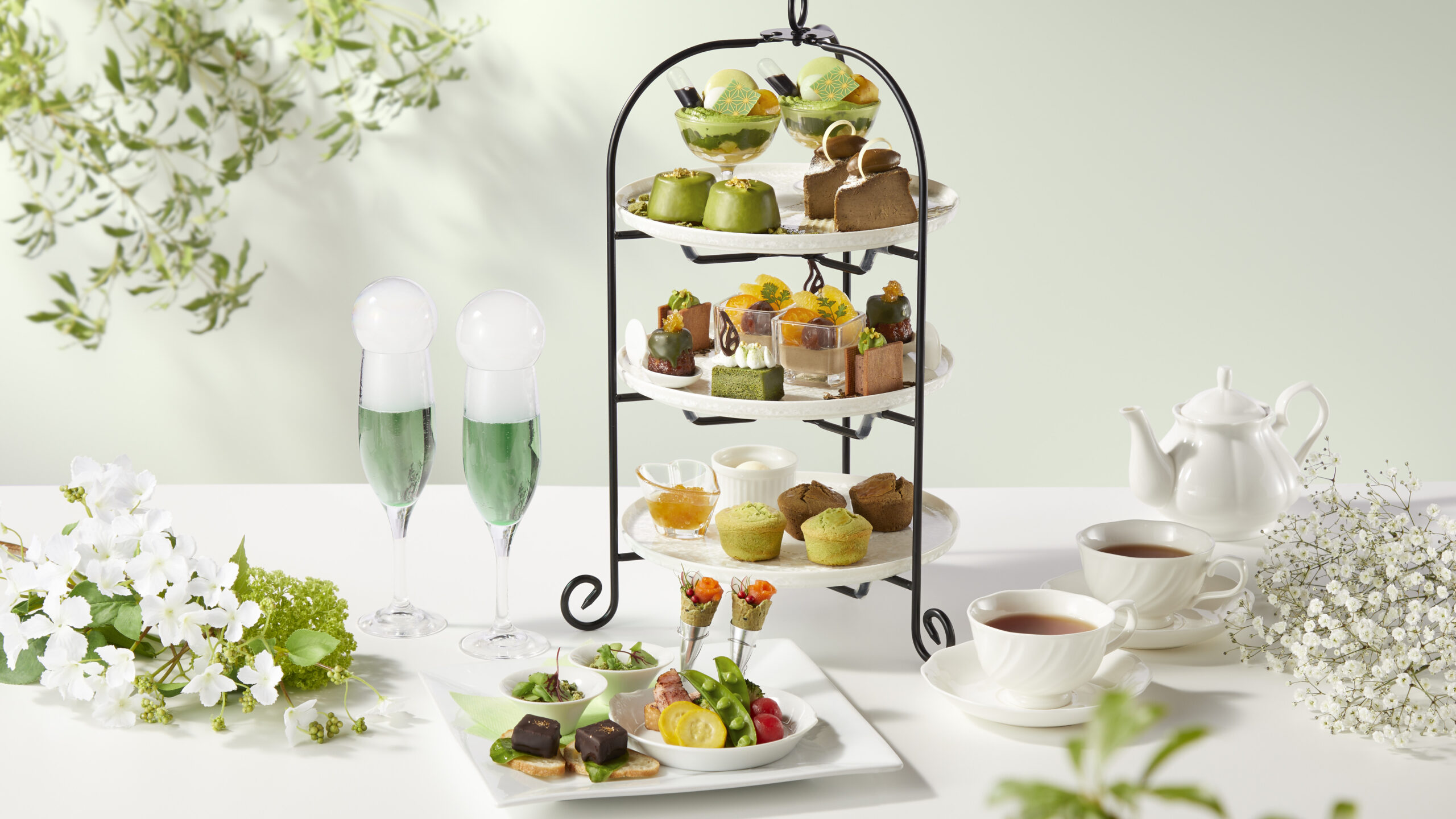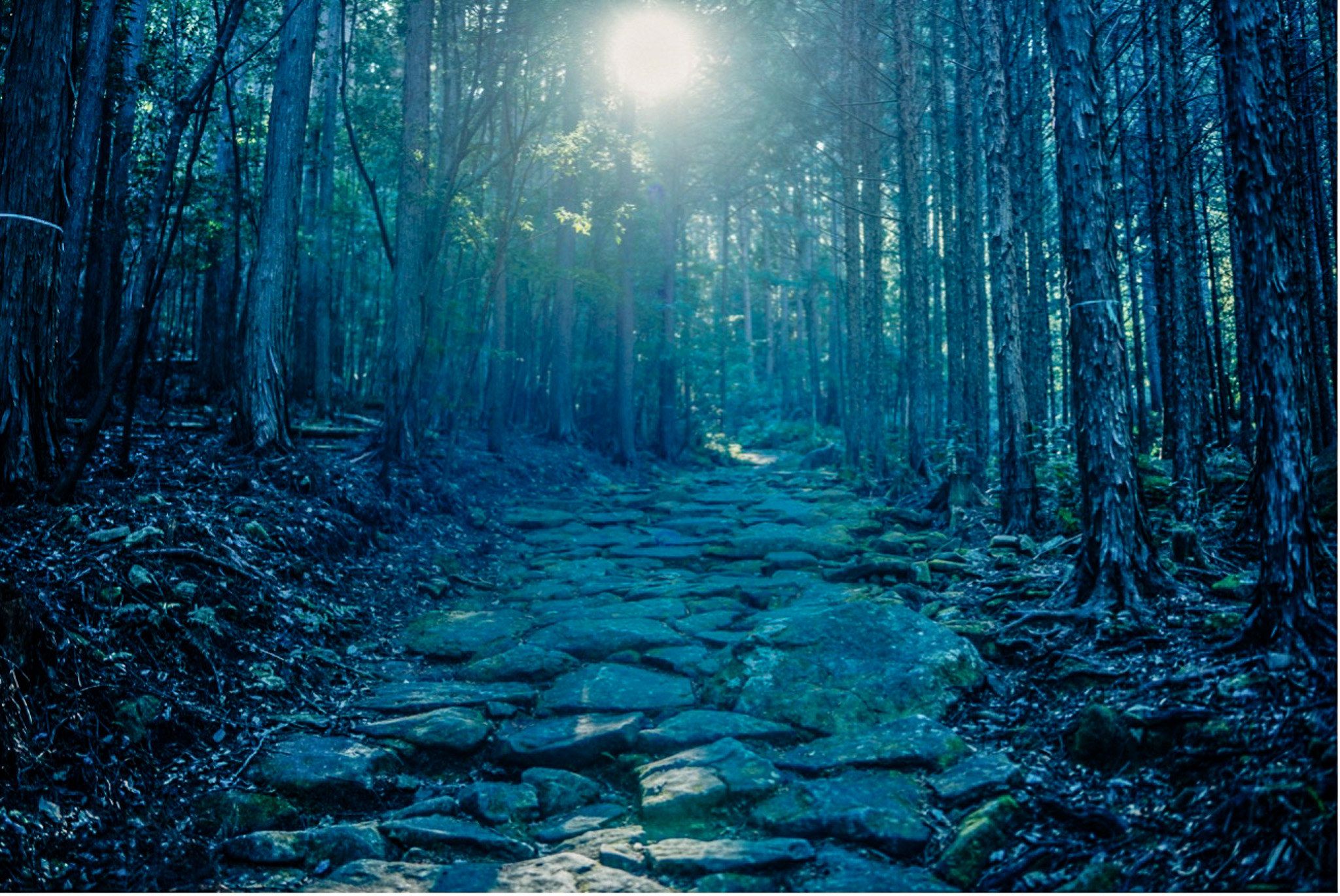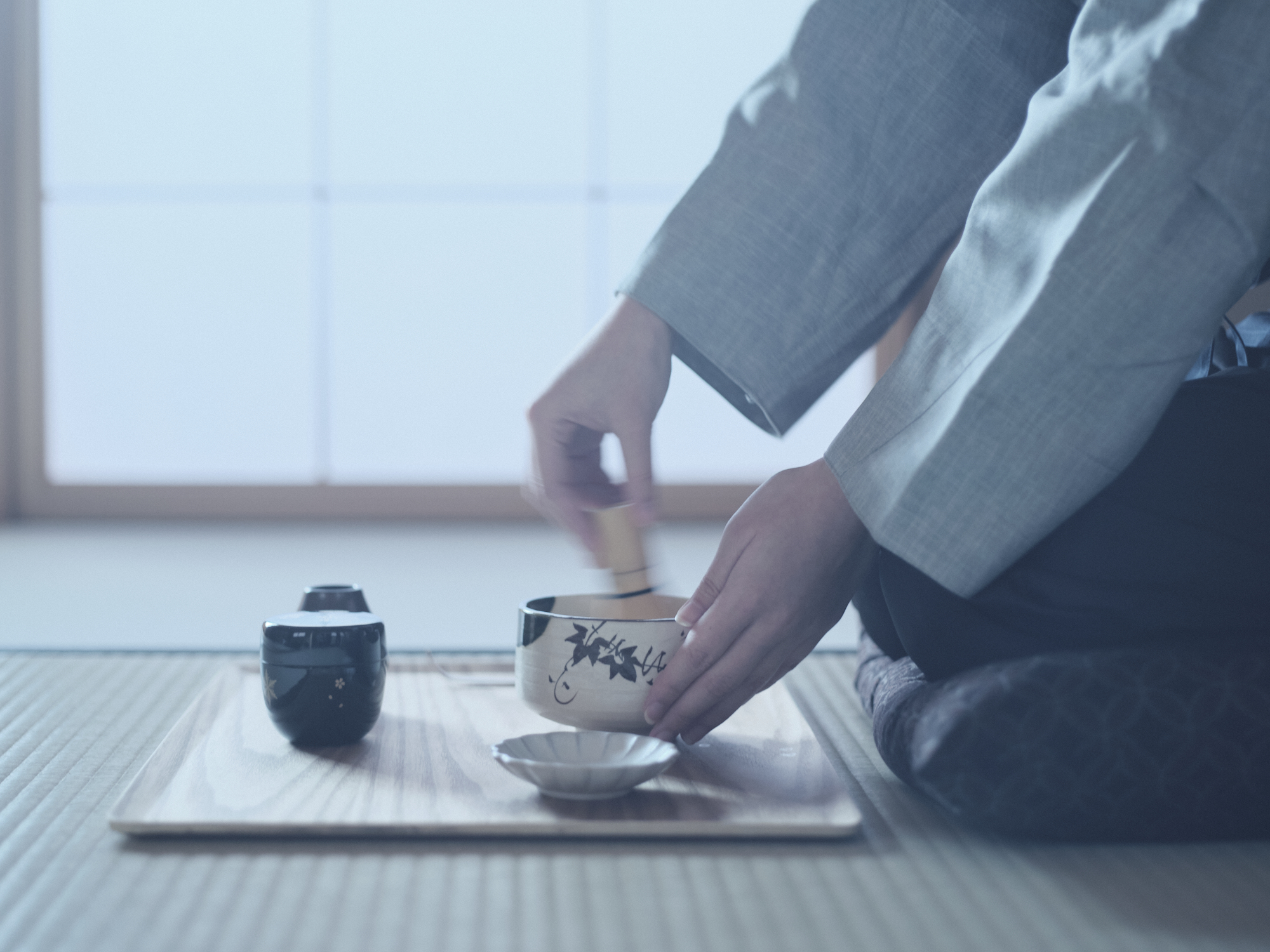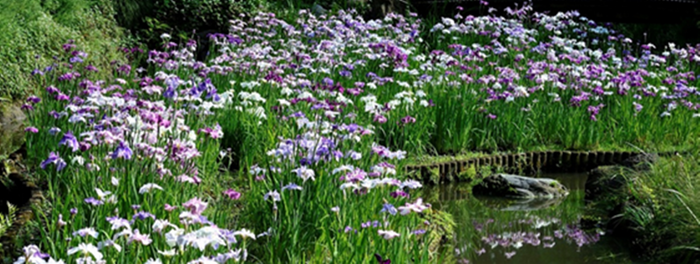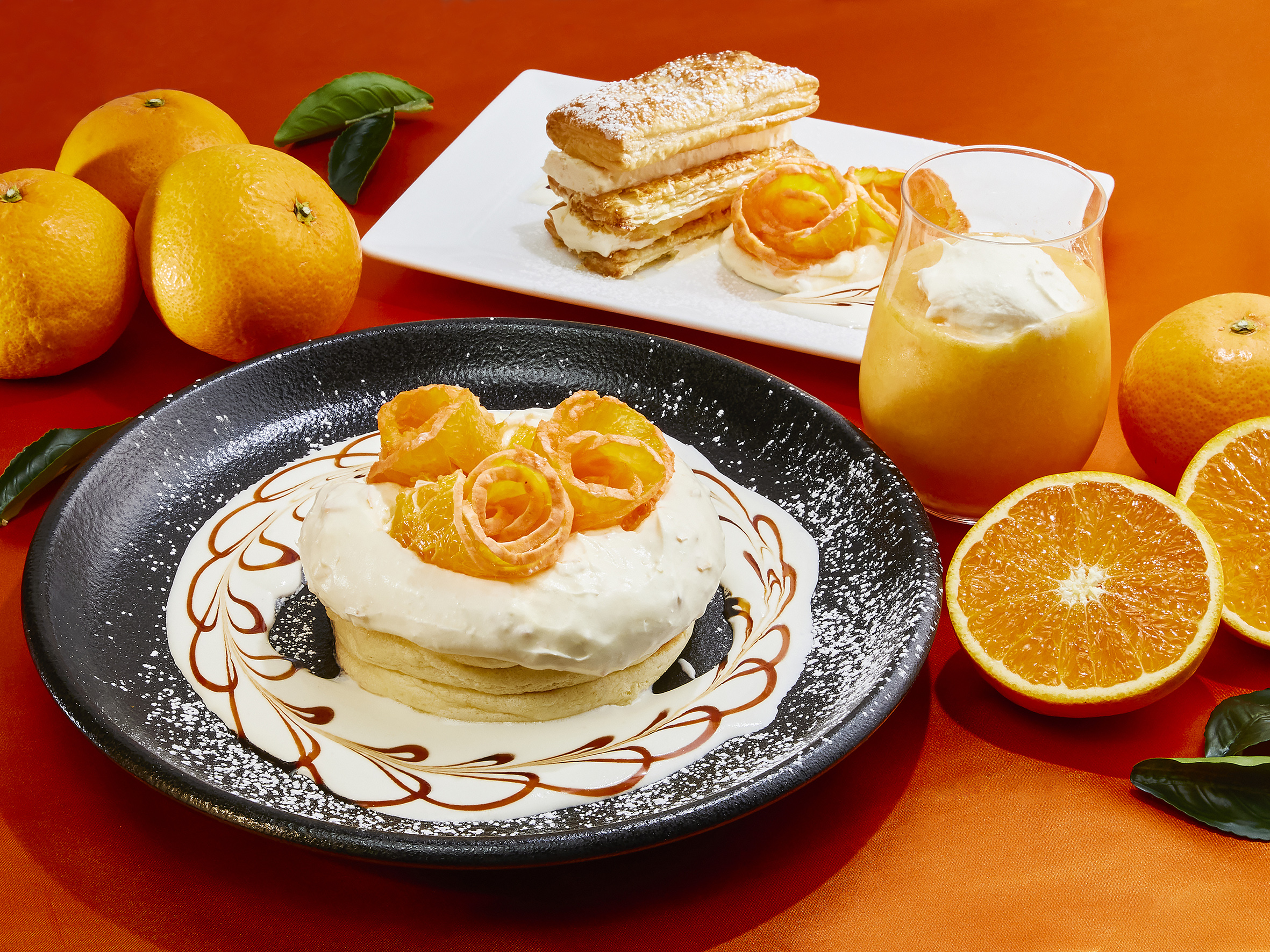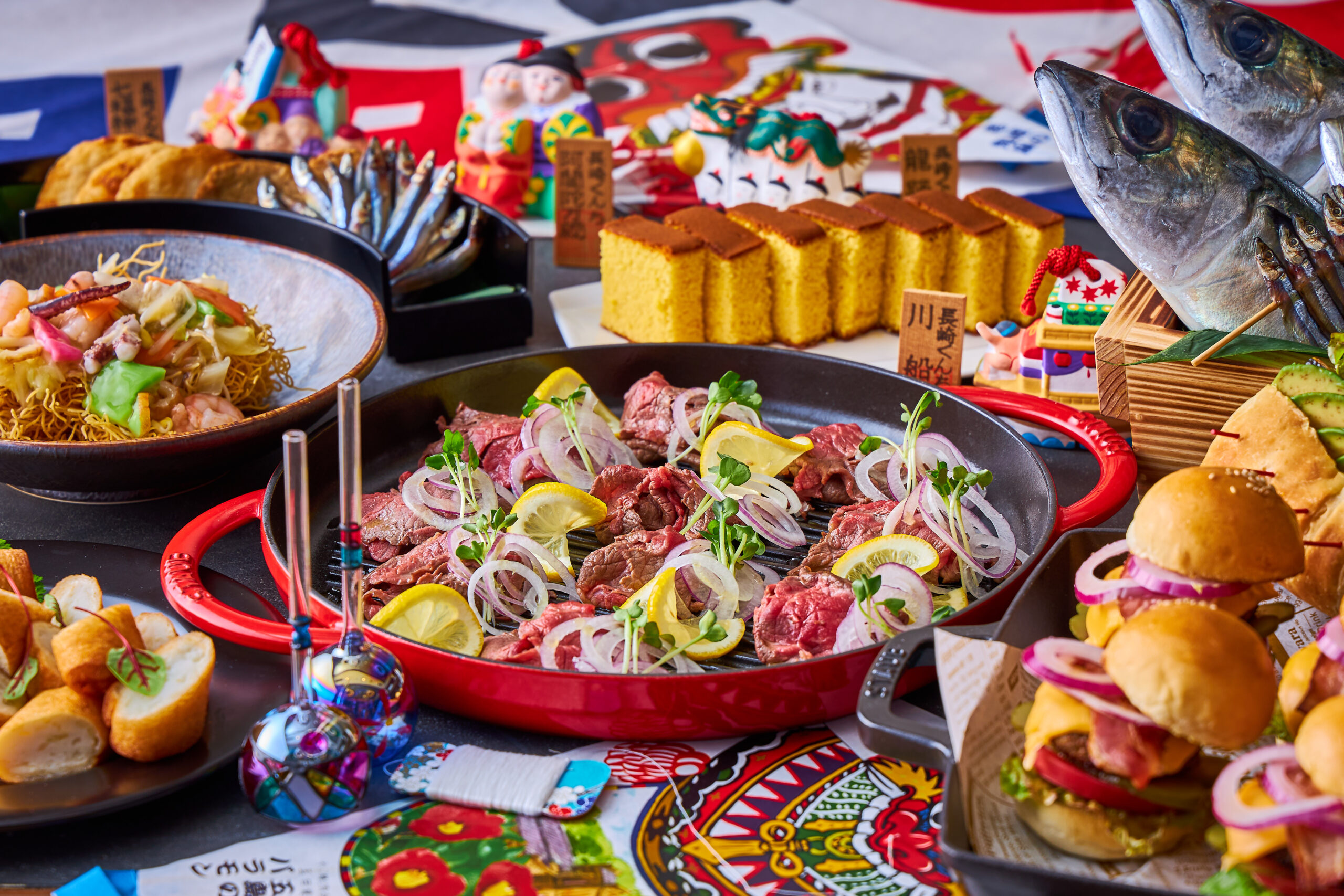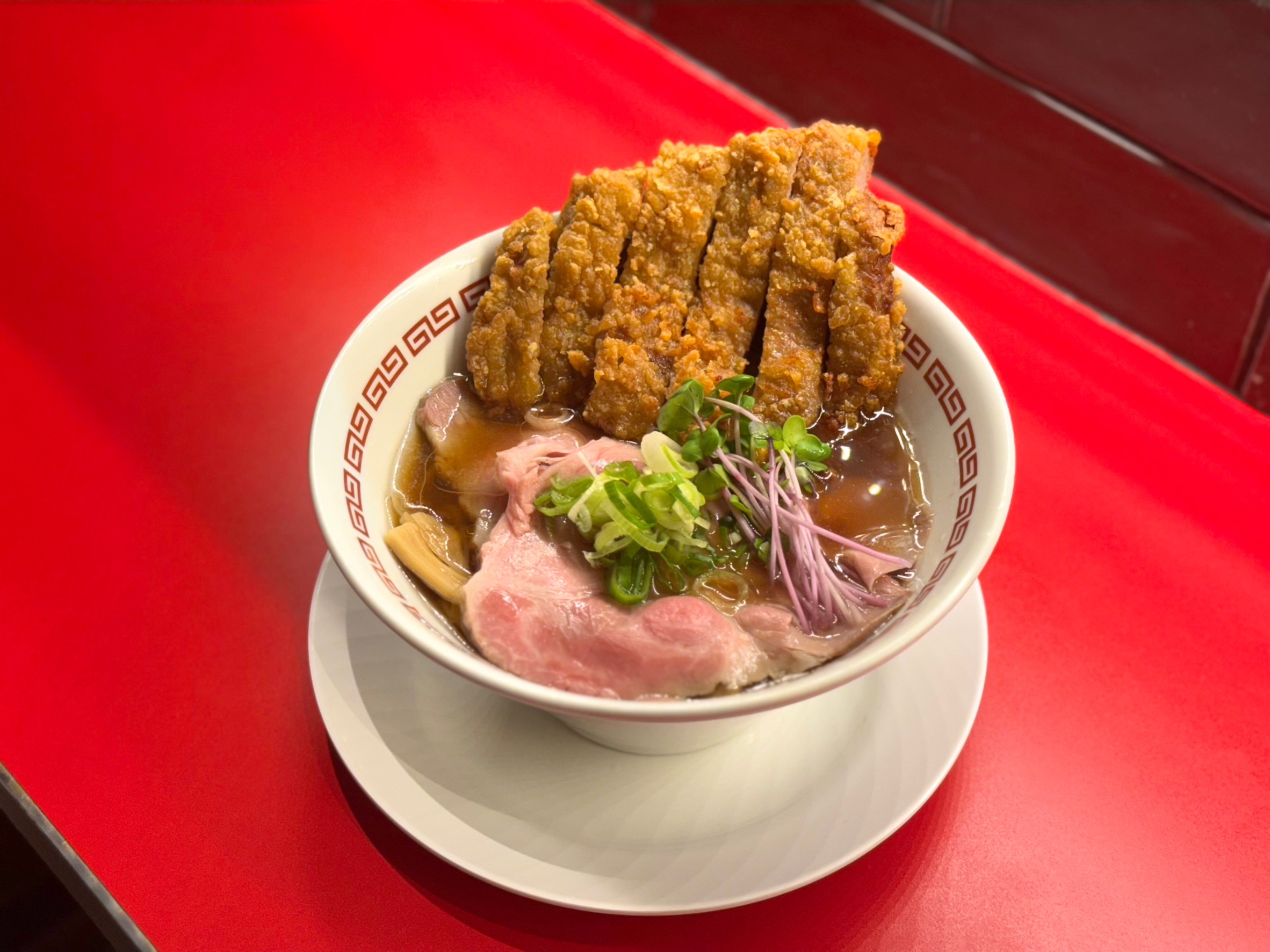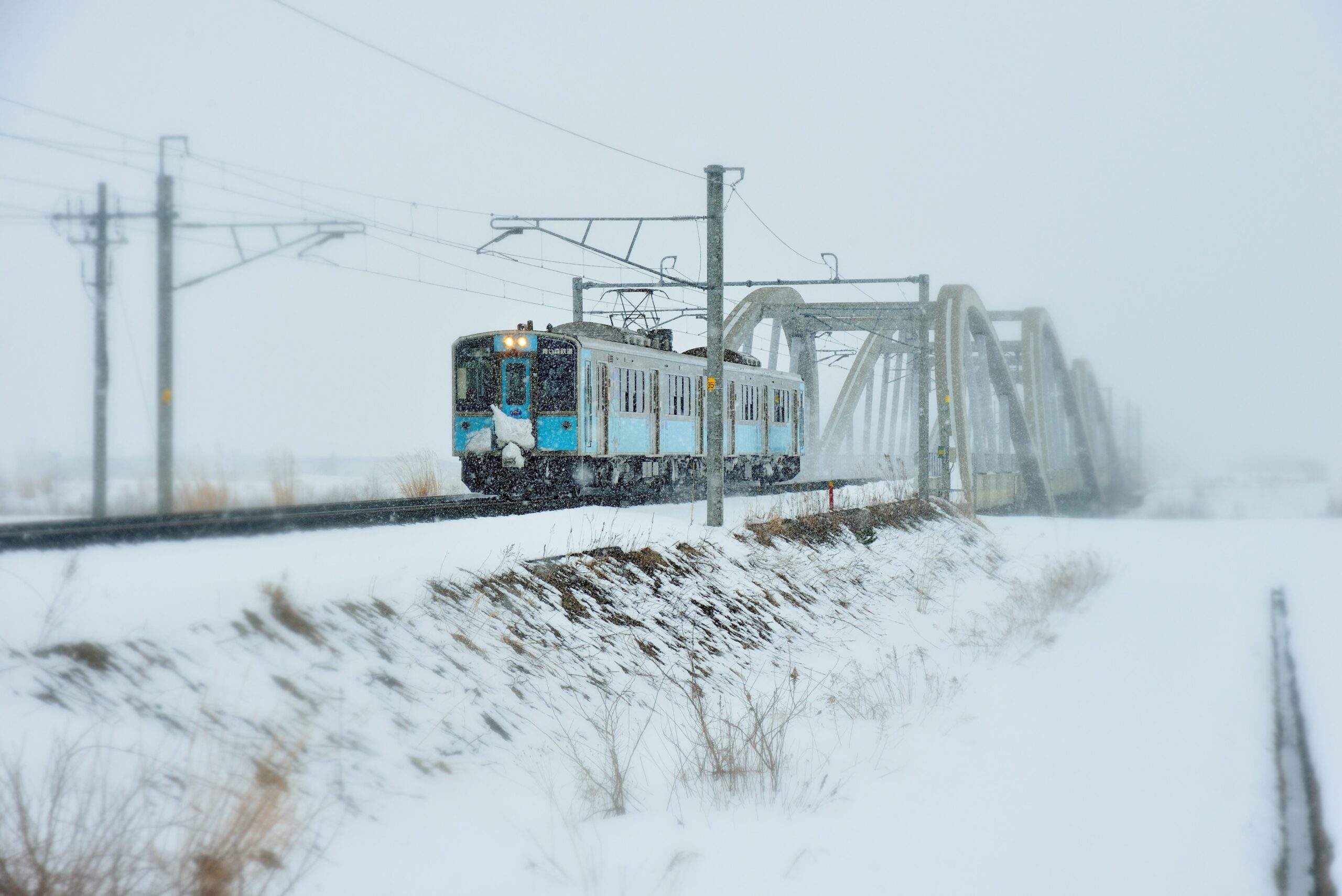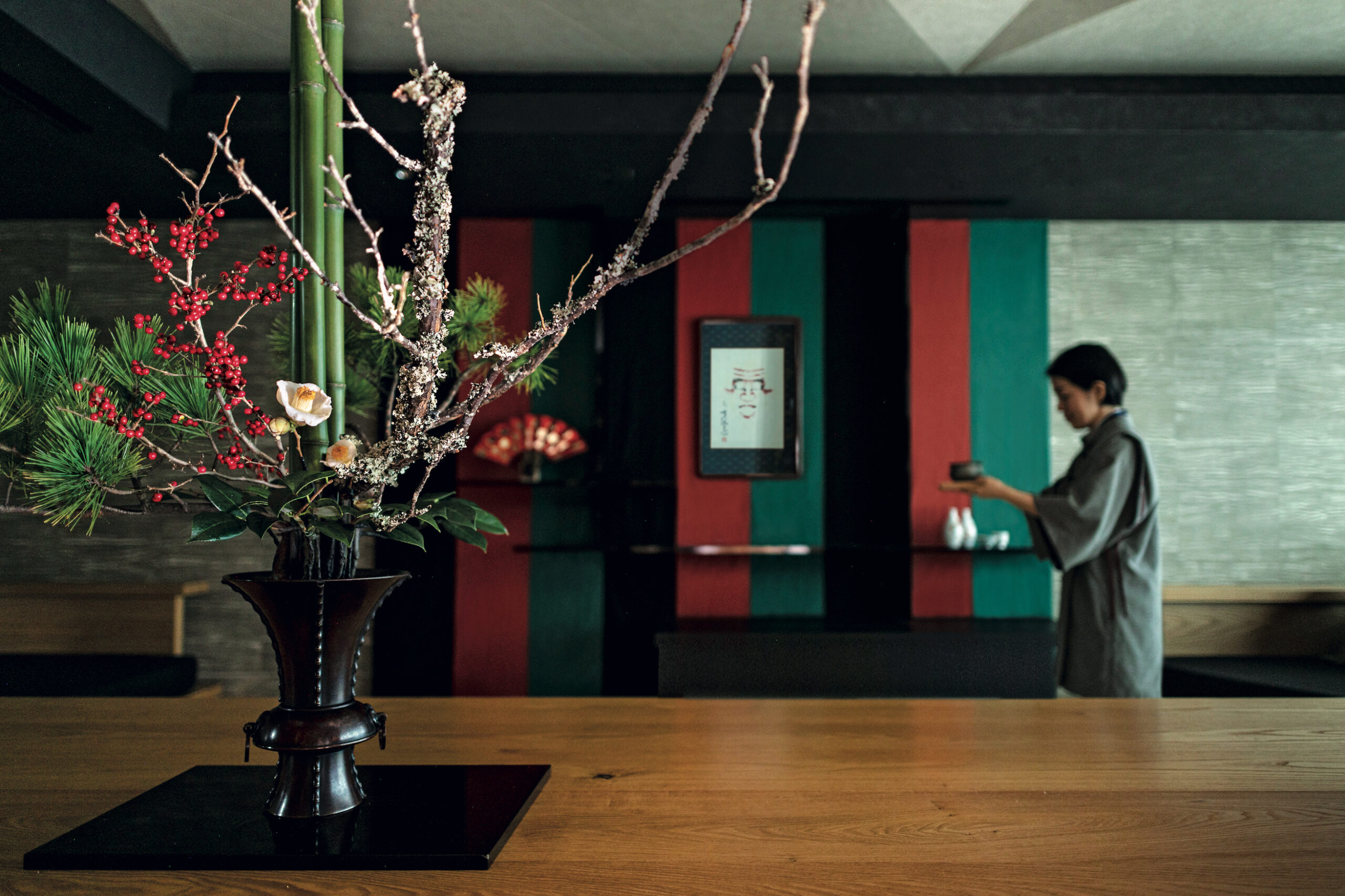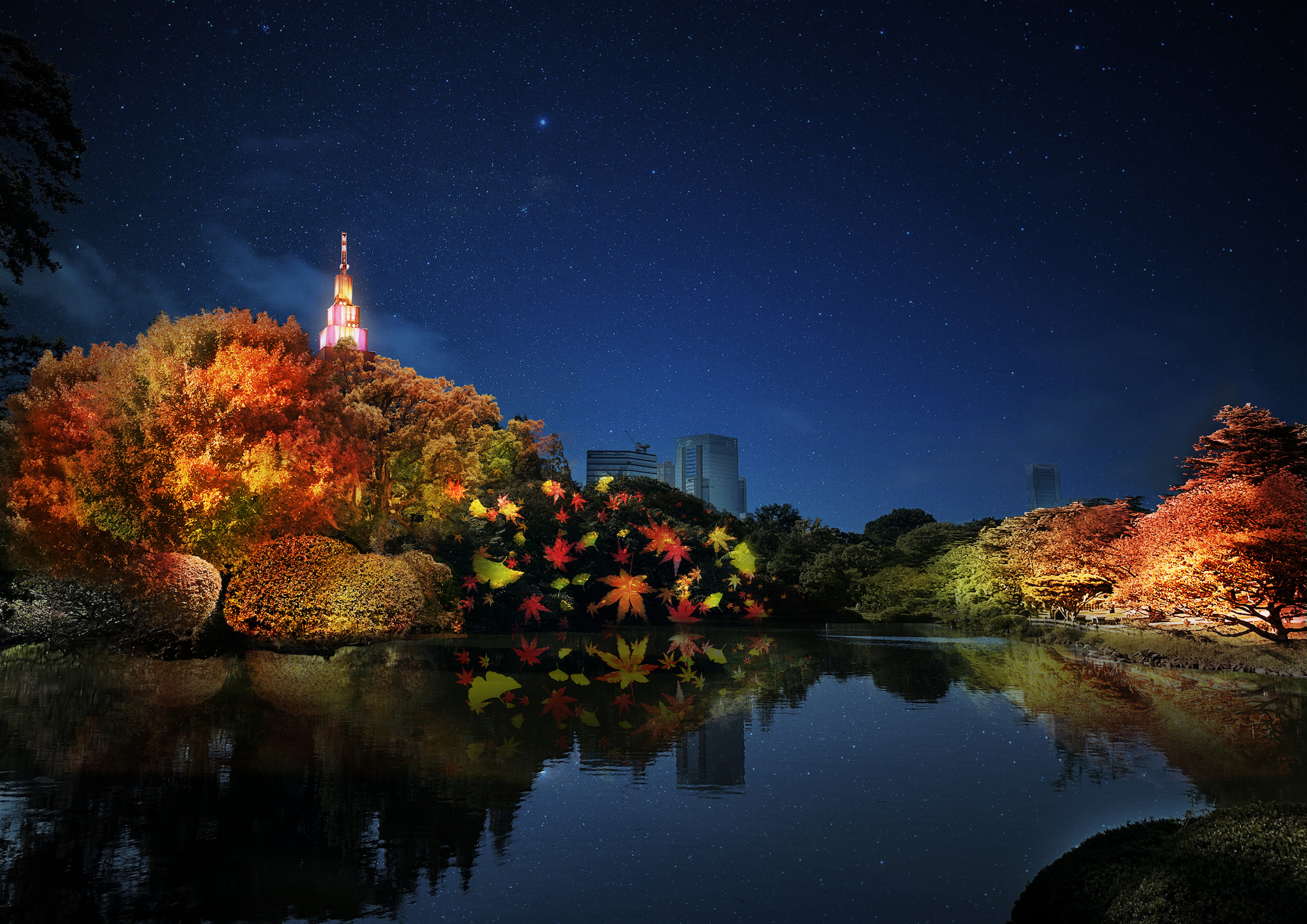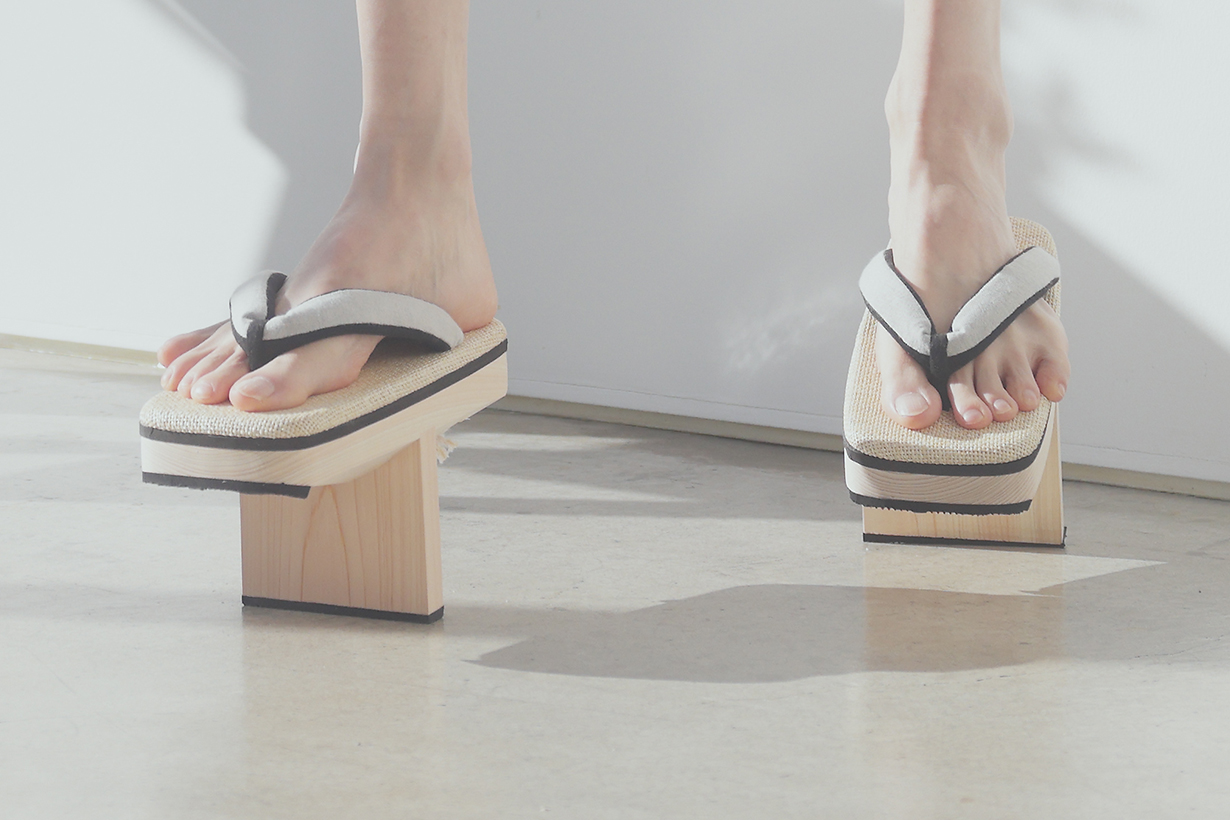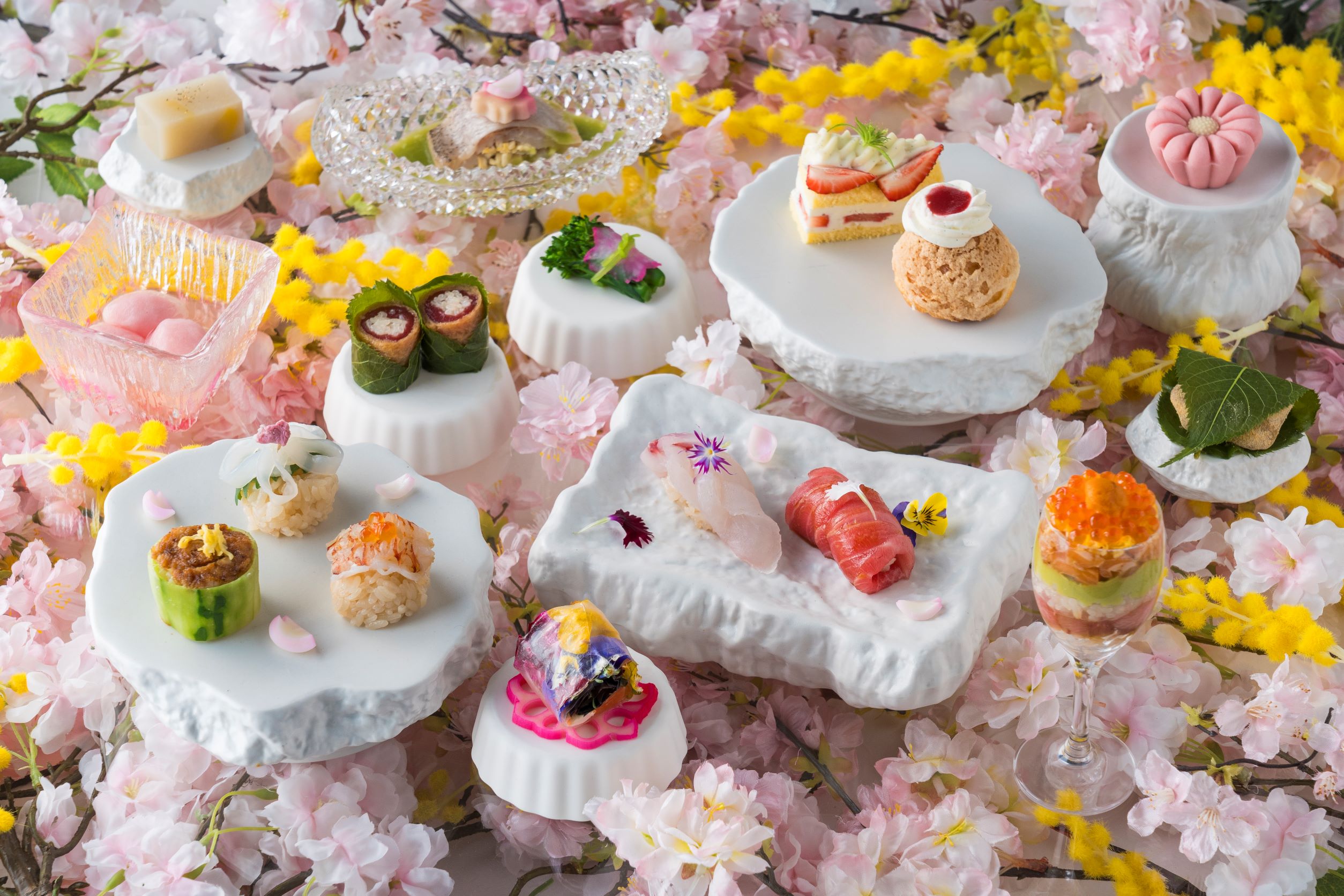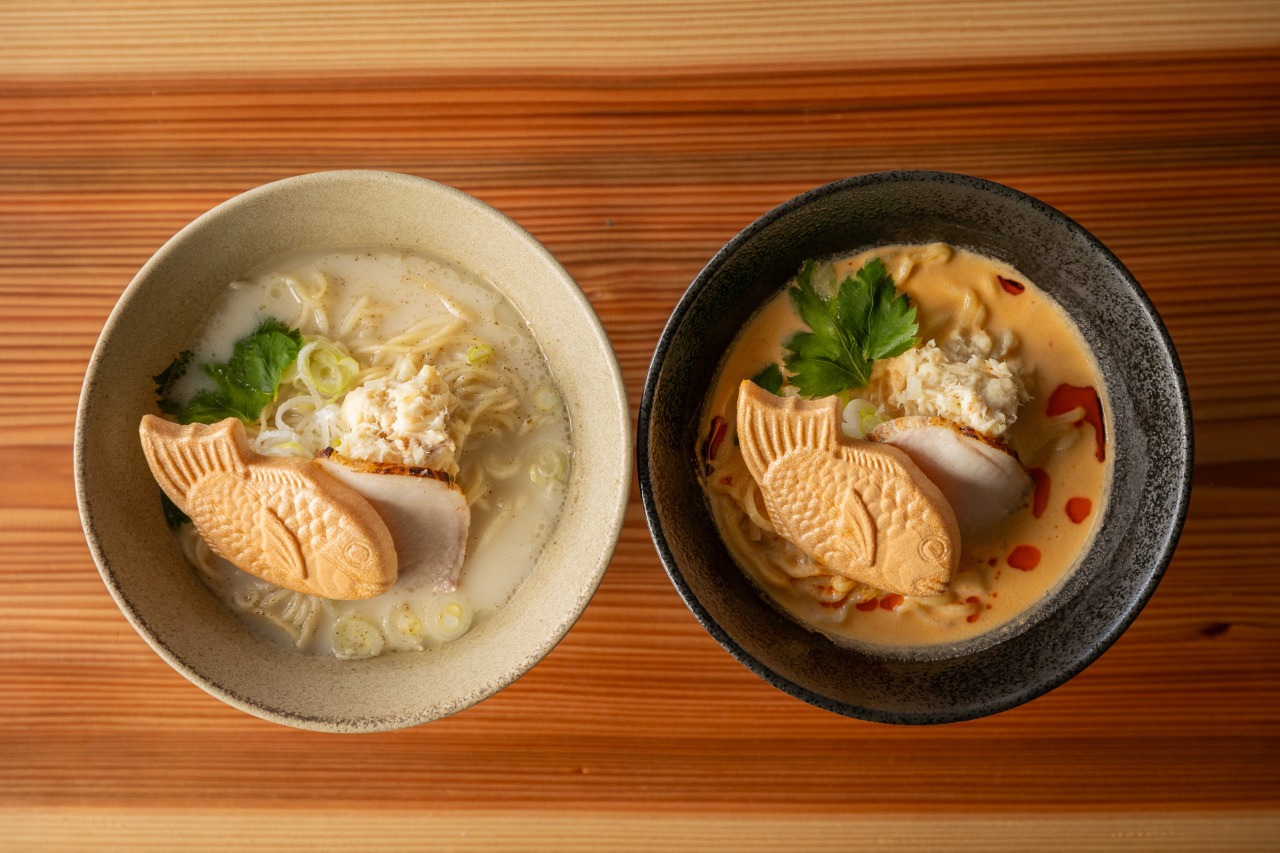Ichiban Co., Ltd. jointly planned with Mino ware kiln maker Marushin Ceramics Co., Ltd. in Toki City, Gifu Prefecture, “Resurrection beyond 150 years! The Mino ware gem “Kameyoshi Donburi” project has started with crowdfunding “CAMPFIRE”.
In this project, the potter who inherited the fifth generation of Kameyoshi revived “Kameyoshi Donburi”, which was made by the master potter of Mino ware, Kameyoshi Tsukamoto, at the end of the Edo period and laid the foundation of the area. This is a project provided by crowdfunding “CAMPFIRE”.
“The No. 1 village in Japan for donburi production” Toki City, Gifu Prefecture By reviving “Kameyoshi Donburi”, which was the origin of Dachi, we let you know the charm and depth of Mino ware, which boasts a history of 1300 years. We aim to give you an opportunity to experience the history and culture of various ceramics.
Marushin Ceramics Co., Ltd. is a kiln with roots in Kameyoshi Tsukamoto in Dachi, Toki City, Gifu Prefecture, and will challenge the first crowdfunding under the leadership of Seigo Tsukamoto, the fifth generation from Kameyoshi Tsukamoto.
> Cloud funding site “CAMPFIRE” project page
At the end of the Edo period, there is a bowl that was made by the famous potter of Mino ware, Kameyoshi Tsukamoto, and was loved as a vessel for “Hare no Hi”. Profound modeling and graceful colors. It laid the foundation of the region as “Kameyoshi Donburi”, but it remains as a rare antique work in modern times. The potter who inherits Kameyoshi’s fifth generation revives the legendary gem with a new sensibility.
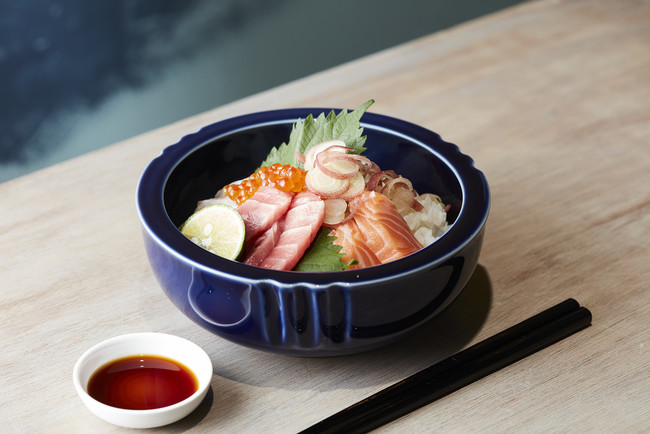
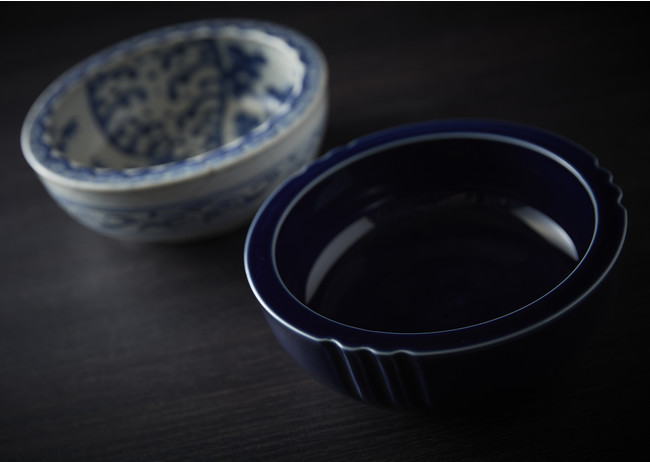
What is Kameyoshi Donburi …
~ Donburi of “Hare no Hi” made by Kameyoshi Tsukamoto, a famous potter of Mino ware at the end of the Edo period ~
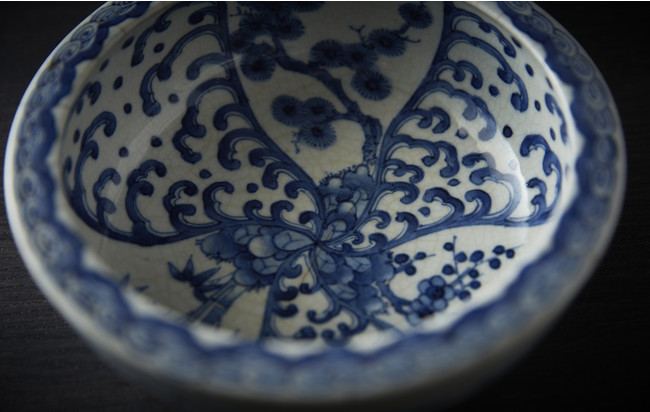
“Kamekichi Donburi” is the first Imari ware made in 1867 by Kameyoshi Tsukamoto, a famous potter of Mino ware born in Dachi (Dachi, Toki City, Gifu Prefecture) at the end of the Edo period. It is the name of the wind bowl.
The edges are thick and heavy, and the shape is such that it wraps around the inside of the vessel. The elegant colors and soft paintings that can be described as indigo, navy blue, or hanadairo. Taking the name of a potter, it became very popular as “Kameyoshi Donburi”.
At that time, it was an expensive bowl that was used only at ceremonial occasions as a vessel for “Happy Day” and was usually kept in a safe place. And it crossed the houses with the story of Kamekichi Tsukamoto as a wedding tool.
After that, “Dachi’s Donburi”, which originated from “Kameyoshi Donburi”, was mass-produced in the Meiji era and became famous nationwide. Even in the present age, more than 150 years after the birth of “Kameyoshi Donburi”, Dachi is “Dachi’s production volume Japan”. It is known as “Ichinosato”.
“Kameyoshi Donburi” has become the cornerstone of the region.
However, in the modern “Dachi-donburi”, there is no such thing as “Kameyoshi-donburi” in the shape and color.
With the passage of time, “Dachi Donburi” has changed to a design suitable for mass production. “Kameyoshi Donburi” has become a rare and valuable relic of the past as an “antique” known to those in the know.
What you want to achieve with this project
~ Marushin Ceramics, which inherits the fifth generation of Kamekichi Tsukamoto, brings back the legendary gem with a new sensibility ~


Marushin Ceramics is one of Japan’s leading producers of pottery with a history of 1300 years. It is a kiln with roots in Kameyoshi Tsukamoto, who produced the famous “Kameyoshi Donburi” at the end of the Edo period in Dachi, Toki City, Gifu Prefecture. Seigo Tsukamoto, the fifth generation from Kamekichi Tsukamoto, is the representative.
Since its founding, Marushin Ceramics has undergone major changes in design, size, and function to suit the lifestyle and values of that era.
This project started because the lifestyle and values are being reviewed in the “new daily life” by Corona. It is a project to bring back the legendary gem “Kameyoshi Donburi” with a new sensibility over 150 years and provide it to those who have agreed with crowdfunding.
Born at the end of the Edo era, it produced an important scene in the lives of people who ran through the turbulent times as a vessel for “Happy Day”. In modern times, “Kameyoshi Donburi” is regarded as an “antique” because of its shape and beauty of color.
This time, by tracing the traces left behind, the meaning of the modeling and the secrets of the colors became clear.
By combining the trinity technologies of “earth,” “glaze,” and “flame,” which are the essence of Mino ware, we challenged the modeling and color revival of the former “Kameyoshi Donburi.” It has been revived as a modern “daily tableware” that is solid and simple and fits any dish.
Through this project, we hope that you will learn about the charm and depth of Mino ware, and that you will be able to experience the history and culture of various ceramics.
Also, from the era of mass production and mass consumption in the ceramics industry to the era of valuing genuine products that can be used for a long time. We will convey the belief and message of Marushin Ceramics that we will try to innovate according to the times while valuing tradition and culture.
Kameyoshi Donburi Revival Project Examination
~ Kiyoyama Kiln Takehiko Kawai (former Gifu Prefectural Ceramic Museum Director of Arts, Traditional Craftsman, Ceramic Artist, Ancient Ceramic Researcher) ~
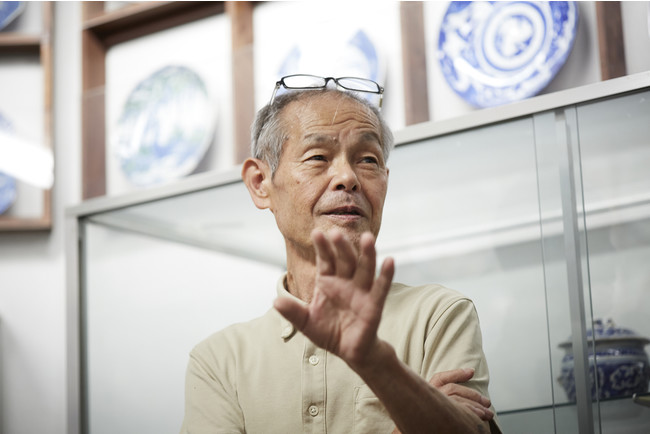
The trigger was one “Kameyoshi Donburi” that has been passed down from generation to generation by the Tsukamoto family, the representative of Marushin Ceramics.
Little was known about the details, except that it was a bowl made about 150 years ago by the master potter of Mino ware at the end of the Edo period, Tsukamoto Kamekichi, who has the roots of Marushin Ceramics.
What we know is that “Kameyoshi Donburi” is the origin of “Dachi Donburi” that everyone in the area knows.
Of course, there is no mold, and I do not know the reason for the unique modeling.
This time, when we gathered information to bring “Kameyoshi Donburi” back to the present day, we found that Kiyoyama Kiln, a former director of the Gifu Ceramics Museum, a traditional craftsman, a potter, and an old pottery researcher, is familiar with the history of Mino ware. I arrived at Mr. Takehiko Kawai (Dachi, Toki City, Gifu Prefecture) and asked for a proof.
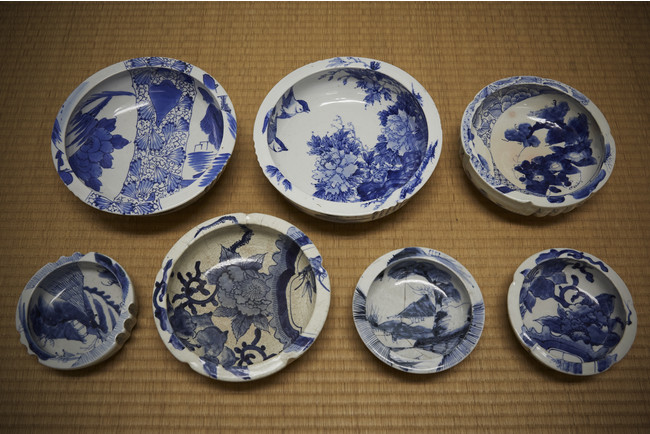
Kameyoshi Donburi Revival Concept
~ Challenge innovation that suits the times while valuing tradition and culture ~
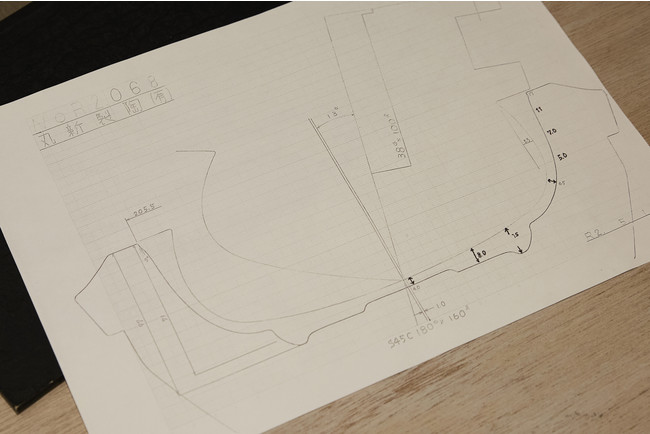
The concept of the revival of this project “Kameyoshi Donburi” is “tradition and innovation”.
Through repeated research and trial production, the complex shape of the “Kameyoshi Donburi” 150 years ago has been faithfully reproduced. The graceful colors used for painting are boldly and simply sublimated, and revived as a modern vessel that goes well with any dish.
Beyond 150 years to the present day. “Kameyoshi Donburi” will be revived with a new sensibility.
About returns
~ Two colors that boldly sublimated the colors of 150 years ago “Dark indigo -koiai-” “White hanada -shirohanada-” ~
5000 yen each (tax included, shipping included) 2 pieces set 9800 yen (tax included, shipping included)

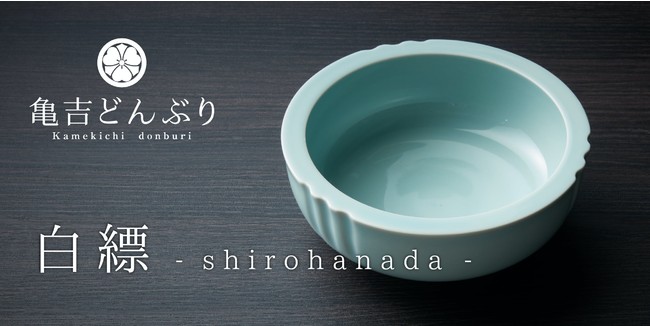
For the return, we have prepared two colors of “Kameyoshi Donburi”.
The most distinctive feature of “Kameyoshi Donburi” 150 years ago is the thick and heavy edge that faithfully reproduces the complex shape that wraps inside the bowl. Three vertical lines “Kameyoshi Line” are adopted on the three outer sides, which can be said to be the playfulness of Tsukamoto Kameyoshi.
It is a functional container that is heavy but light, fits your fingers, is easy to hold, and is not slippery.
The colors are an exquisite combination of innumerable glazes. The graceful colors that were the charm of “Kameyoshi Donburi” 150 years ago were sublimated boldly and simply, and the two deep colors “Dark Indigo -koiai-” and “White Hanada -shirohanada-” were born.
Not only is it durable, but it also has a shape that wraps around it, so it has high heat retention and is easy to scoop up juice with a ranger.
We hope that many people will love it along with the story of “Kameyoshi Donburi” and Tsukamoto Kameyoshi.
Future schedule
December 30 Project deadline
February 2021 Return will be delivered
